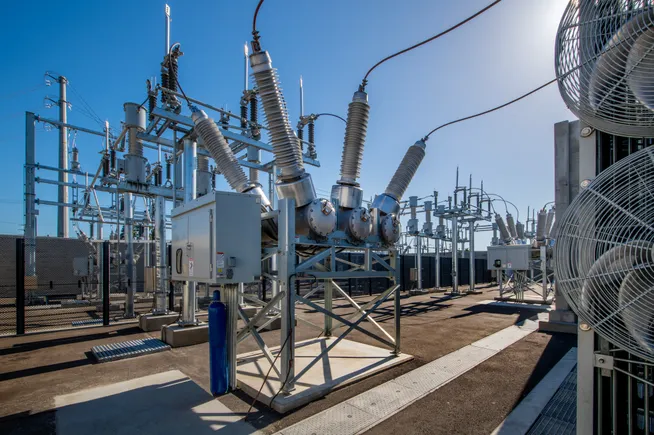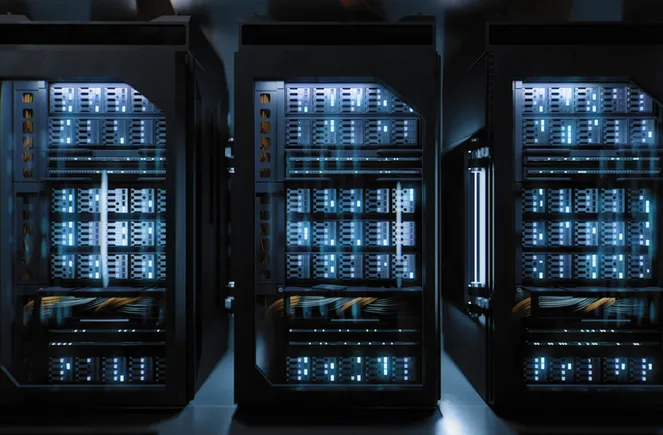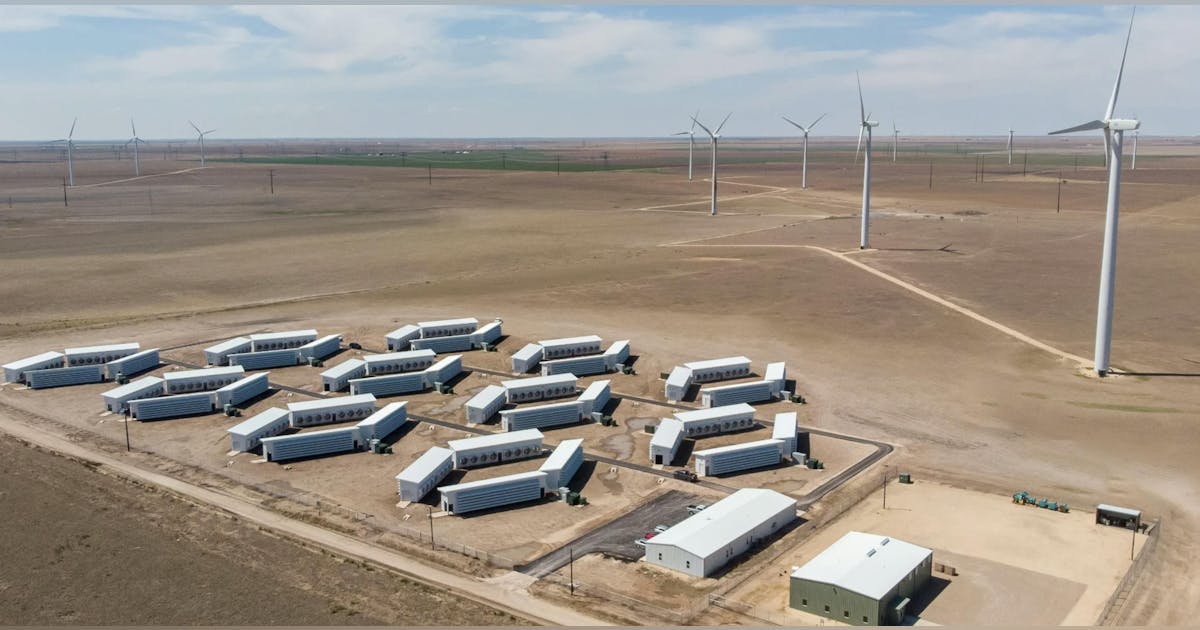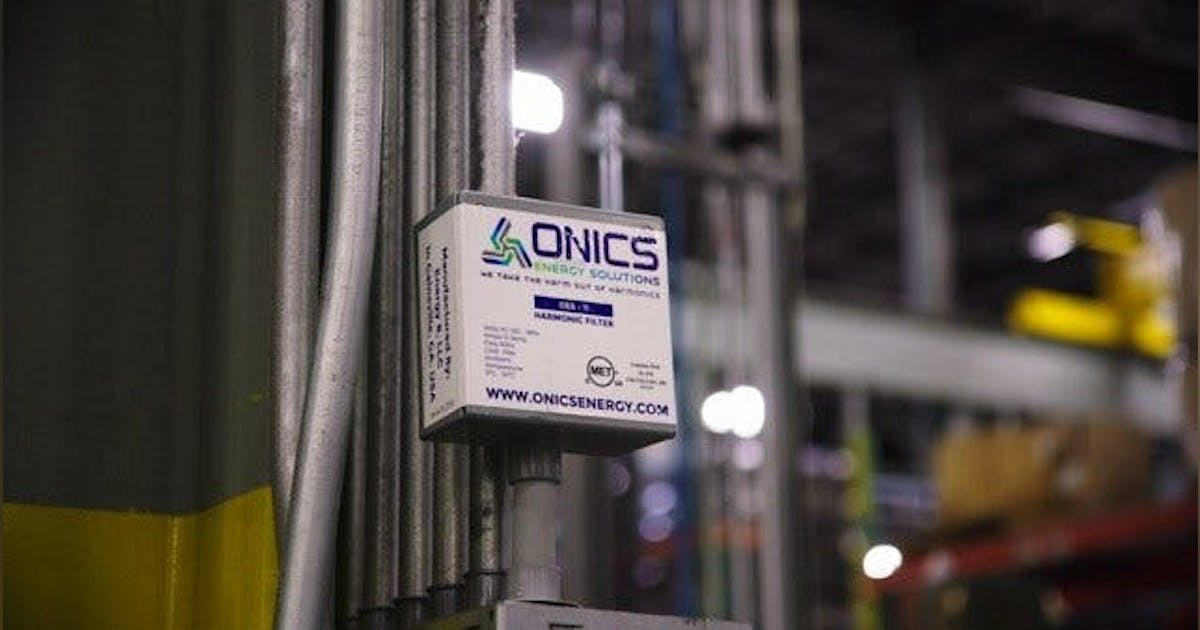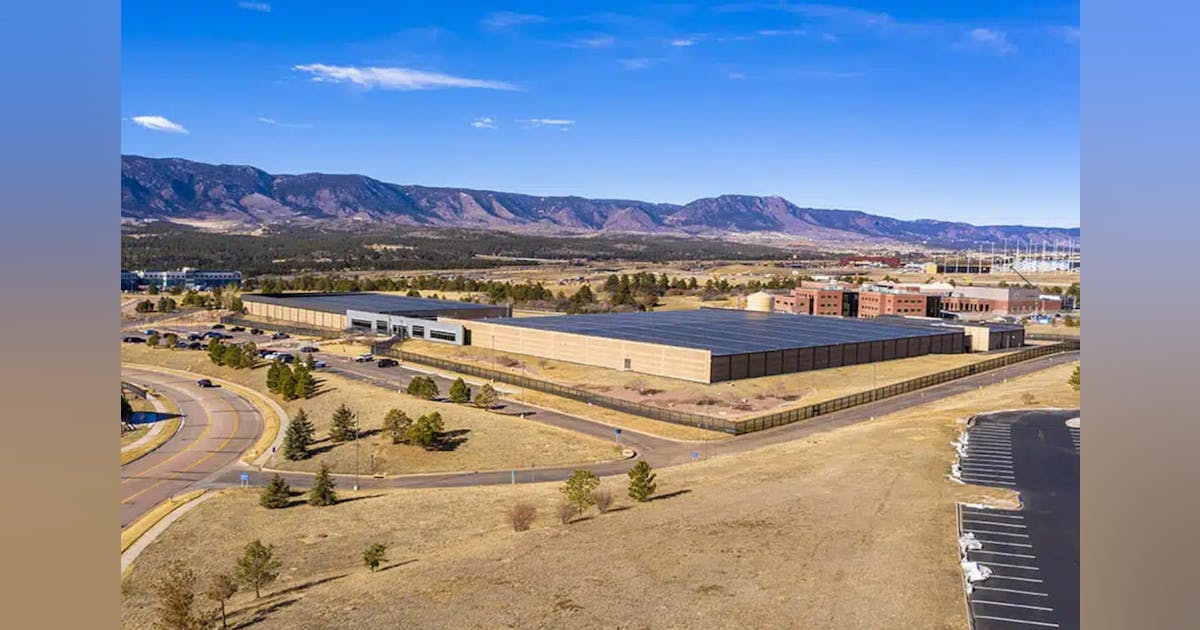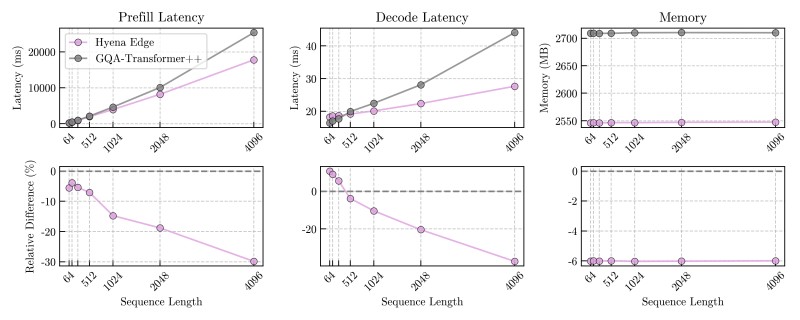
- Complexity of managing access policies across multiple platforms: 23%
- Rising costs due to increased capacity and bandwidth needs: 16%
- Lack of visibility into use activity and traffic: 14%
- Inflexibility of technologies to support both remote and in-office work: 11%
- Excessive user privileges increasing security risk: 10%
- Lack of contextual data trust: 9%
These challenges are driving network and security leaders to consider SASE as a solution to both their network access and security needs. For instance, 45% of respondents cited secure remote access for a distributed workforce as the leading driver, while 42% pointed to the need to enhance cloud security and visibility. Another 40% indicated that they want to simplify network and security architectures, and 39% said they believe SASE will help them improve network performance and bandwidth optimization. More than one-third (39%) said they thought they could achieve cost savings by consolidating network and security tools, and 37% cited enhanced scalability and flexibility as one of their drivers for adopting SASE.
The survey results show that among respondents, SASE adoption is in full swing, with a majority of those polled either already implementing the technology or indicating they have plans to do so within the next year.
- Fully implemented: 8%
- Currently implementing: 32%
- Planning to implement within 12 months: 24%
- Currently evaluating SASE solutions: 31%
- No plans to implement: 5%
The perceived and expected benefits of SASE are pushing organizations to pursue the technology. According to the Hughes report, “54% of respondents report an enhanced security posture, showing that organizations prioritize SASE’s ability to integrate security directly into the network, thereby reducing vulnerabilities. 52% value the simplified management of security and networking functions, reflecting SASE’s consolidation of tools and reduced complexity in managing hybrid environments.”
Other benefits noted by those polled include enhanced productivity and secure access for a remote workforce for 50% and improved application performance and bandwidth optimization for 49%. Forty-seven percent of respondents cited the scalability and flexibility needed to adapt to business needs, and 46% said cost reduction through the consolidation of tools and services was a desired outcome. Another 45% indicated the consolidation of SD-WAN and security into a unified platform was an appealing benefit, and 43% pointed to consistent security policy enforcement across the network as a positive result.
Additional responses included: support for cloud adoption and digital transformation (40%), improved user experience with reduced latency (38%), and streamlined compliance with regulatory requirements (37%).





